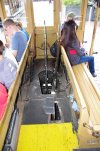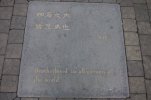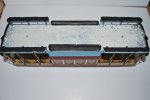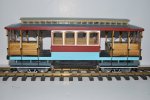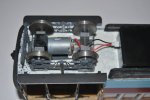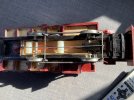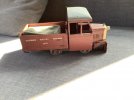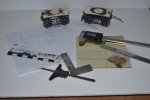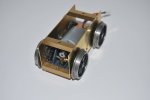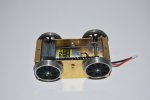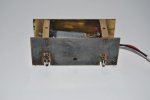3 minutes of fame
3d printing, electronics and trams
Superb!The roof is on, following the OcCre instructions, however the instructions says "apply filer", but there is no hint as to what type of filler, so being a wooded roof, I used a water based wood filler, the one that "does what it says on the tin":
View attachment 297021
I have also completed the electronics, the components all fitted in small plastic "project box" fixed under the body:
View attachment 297022
So having fitted the bogies and powered the electronics up, this is when the problems started. It would seem that my original motor would not be driven by the Rx, As you can see it is a 3.7 volt battery and a 3 - 6 volt motor but even though every bound the Rx stopped with an error flash. change of motor (same physical size) bu 6 -12 volts, and no problem at all. Put on my test track and the wheels just slip, no traction, the whole item just weights 900 gms, and with two bogies, only one driven that is 450 gms loading. An extra 500 gms over the power bogie and away it goes, but my issue is where 500 gms of additional ballast can be added, with the open design, there are no hiding places - still considering my options.
Very neat electronic installation, much better than I ever manage. I used ordinary wood filler and plenty of sanding on the roofs of my tram cars and it's worked and remained very well indeed.
It you are ever in my part of Lincolnshire, I'd only be too happy to grant you running powers over my line


